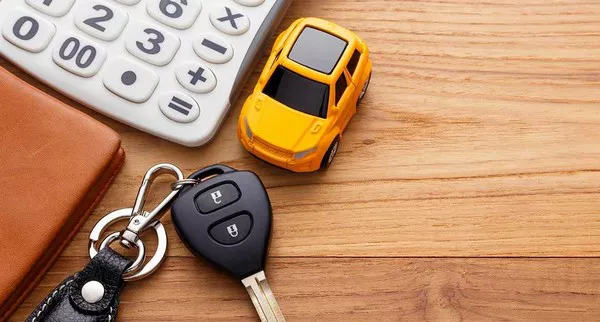Car insurance premiums are a necessary expense for anyone who owns or drives a car. But what exactly is a premium, and how is it determined? In this article, we’ll take a deep dive into the world of car insurance premiums, exploring what factors affect them and how you can save money on your policy.
What Is a Car Insurance Premium?
A car insurance premium is the amount of money that you pay to an insurance company for coverage of your vehicle. This payment is usually made on a monthly or annual basis, and is based on a number of different factors.
Factors That Affect Car Insurance Premiums
There are a variety of factors that can affect your car insurance premium, including:
1. Age and Driving Record:
Young drivers and those with a history of accidents and traffic violations generally pay more for car insurance than older, safer drivers.
2. Type of Vehicle:
The make, model, and age of your car can also impact your premium. Cars that are expensive to repair or replace, or that have a higher likelihood of theft or damage, will generally have higher premiums.
3. Coverage Amounts:
The amount of coverage you choose for your policy will also impact your premium. The more coverage you have, the higher your premium will be.
4. Deductible Amount:
Your deductible is the amount of money you pay out of pocket before your insurance kicks in. Generally, the higher your deductible, the lower your premium will be.
5. Location:
Where you live will also impact your premium. If you live in an area with high levels of crime or accidents, you may pay more for car insurance.
Ways to Save on Car Insurance Premiums
While there are a number of factors that can impact your car insurance premium, there are also steps you can take to lower your costs. Here are a few ways to save on your car insurance premiums:
1. Shop Around:
Different insurance companies offer different rates and discounts, so it’s important to shop around before choosing a policy.
2. Bundle Your Policies:
Many insurance companies offer discounts if you bundle your car insurance with other policies, such as home or life insurance.
3. Raise Your Deductible:
As mentioned earlier, raising your deductible can lower your premium. Just make sure you can afford the deductible amount in case of an accident.
4. Drive Safely:
Maintaining a good driving record can help keep your premiums low.
5. Install Safety Features:
Installing safety features like anti-lock brakes, airbags, and anti-theft devices can also lower your premium.
How is insurance premium calculated?
Insurance premiums are calculated based on several factors, including:
1. Risk factors: Insurers typically assess the level of risk associated with providing coverage to an individual. The higher the risk, the higher the premium. For example, a person who drives a sports car will likely pay a higher premium than someone who drives a sedan because sports cars are more expensive to repair or replace.
2. Personal information: Insurers may consider personal information such as age, gender, occupation, and credit score when calculating premiums. For example, younger drivers often pay higher premiums because they are considered to be at higher risk of accidents.
3. History: An individual’s driving history, claims history, and medical history can also affect their insurance premium. If a person has a history of accidents or claims, they may be seen as a higher risk and have a higher premium.
4. Type of coverage: The type of coverage selected by the insured can also impact the premium. More comprehensive coverage usually comes with a higher premium.
5. Location: The location where the insured lives or operates their business can also affect the premium. For example, people who live in areas prone to natural disasters or high crime rates may pay higher premiums.
These are some of the key factors that insurers consider when calculating insurance premiums.
In Summary
Car insurance premiums are determined by a variety of factors, including age and driving record, type of vehicle, coverage amounts, deductible amount, and location. By shopping around, bundling policies, raising your deductible, driving safely, and installing safety features, you can save money on your car insurance premium while still enjoying the peace of mind that comes with having adequate coverage.


